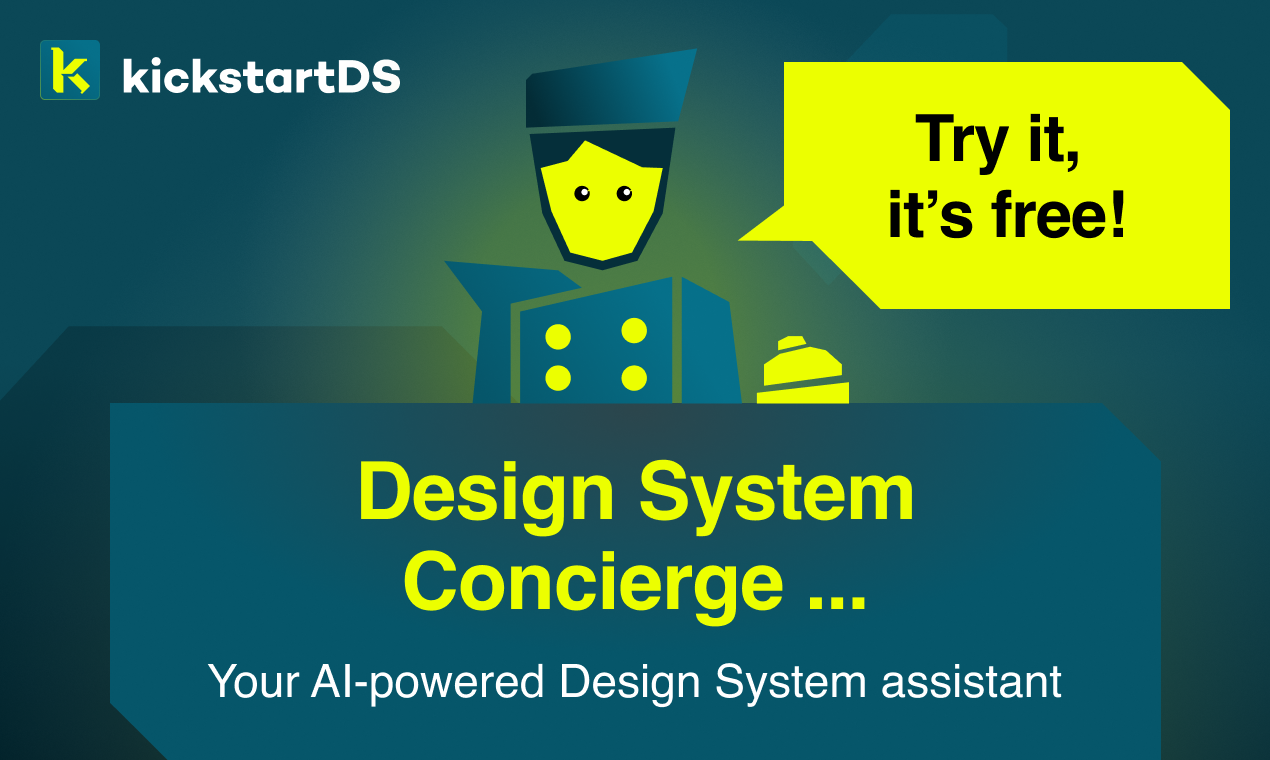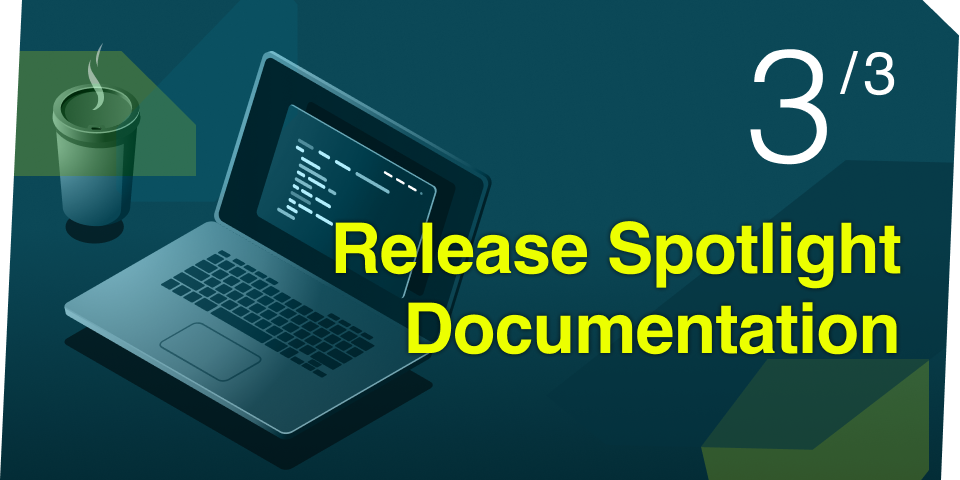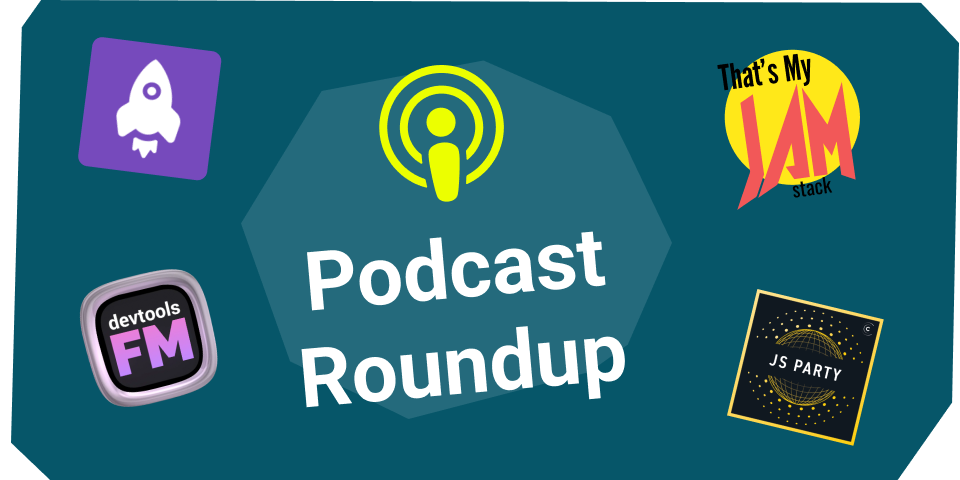#tldr Why Design Systems, and a more structured approach to frontend engineering in general, might be key to a more shared frontend ecosystem. And how this thought might hit an interesting inflection point rather sooner than later, with the advent of production-ready Web Components as a shared technical standard and foundation for interoperability.
So what are the missing pieces? And how could our latest release, and the accompanying schema tooling open sourced with it, play into this? And what would a blog post be today, without tying it into AI? Buckle in: this will be a long one!




